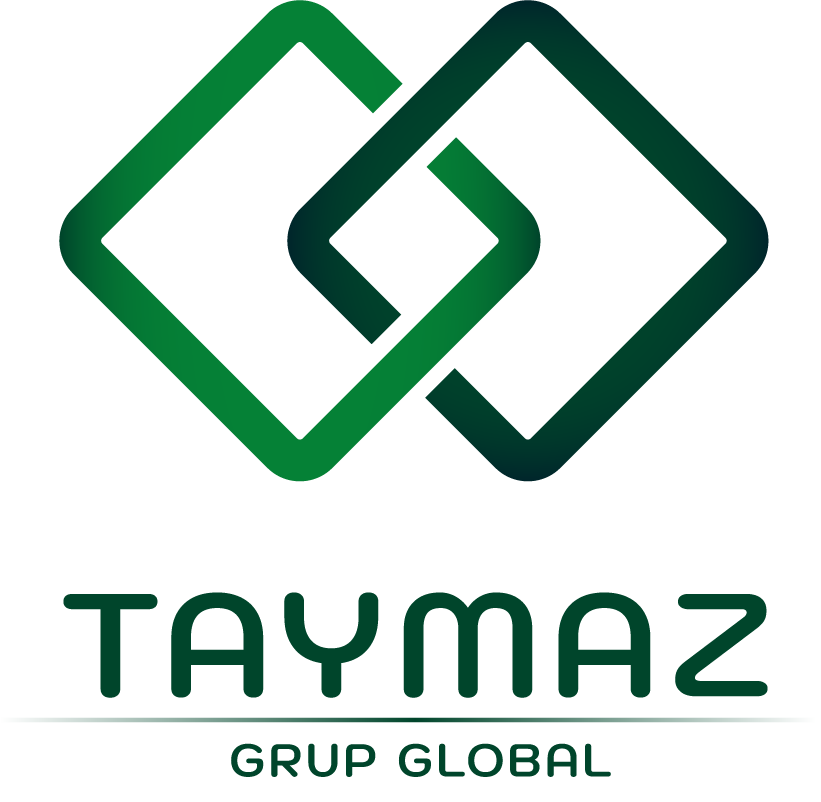Whenever a civilization wanted to write out records, for example, people used some sort of colorants, be it a dye, pigment, lampblack or other substances, combined with some sort of resin or drier.
According to Wikipedia, the earliest known surviving document dates back to 26th century BC, as ancient Egyptians used their form of ink on papyrus. With Gutenberg’s invention of what would become a letterpress printing press, a new type of ink was needed. In Gutenberg’s case, it was a combination of lampblack and varnish.
Today, there are many types of printing presses, all of which have their own advantages and markets. Letterpress, which was a staple of printing until the 1940s, is very infrequently seen today. As such, there are several types of inks as well.
Here are the main types of inks that are used by printers today:
Offset (Paste) Inks
Letterpress inks were phased out by offset inks. While a letterpress ink was printed by individual sheets, the offset presses could churn out pages either by roll-to-roll or sheetfed presses. The three main types of offset inks are sheetfed, heatset and coldset inks. The inks are typically oil-based, and are dried after printing. However, there has been an increasing emphasis on using renewable resources such as soy-based products.
Offset printing became the dominant printing process for roughly seven decades, until the 2010s. They were ideal for publications; coldest (or news inks) are the main inks for newspapers, phone directories, etc. They consist of carbon black and binders, except for when color pigments are called for.
Magazines would typically be found on heatset presses (or publication gravure, which will be discussed later). These are roll-to-roll presses, capable of running up to 2,500 feet per minute. Again, the makeup of heatset inks is similar to coldset inks.
However, the newspaper and magazine markets have suffered as the Internet has become more widely used. The sales of news and heatset inks have suffered accordingly.
That brings us to sheetfed inks. Sheetfed inks are found in magazines and annual reports, which have declined in recent years. However, since the sheets are fed into the press, they can also be thicker substrates, allowing for the production of folding cartons. These presses are now running up to 20,000 sheets per hour.
Packaging has proven to be a growing market for sheetfed printers. Sheetfed inks are often UV-cured. According to a recent Smithers study, offset printing is facing changes as technology redefines the sector.
Liquid Inks for Packaging
Liquid inks, primarily flexo and gravure inks, are the dominant technology for packaging, with flexo the leading process. Flexo and gravure presses are roll-to-roll presses. The inks cover the gamut of water-based, solvent-based and UV-based technologies, depending on the substrate and application.
For example, since solvent-based inks are dried in order to eliminate the solvent, they are typically found on plastic substrates, and appear more often on flexible packaging. Water-based inks, by contrast, are the primary inks for corrugated, as they can dry into the corrugate or kraft boards. Digital is making gains in these markets, but we’ll come to that shortly.
As for the composition of liquid inks, the main difference between paste inks and liquid inks is the type of resin as well as the additives. Paste inks use hydrocarbon resins, while liquid inks will use acrylic, nitrocellulose, polyamide and other types of resins.
Digital Inks
Digital printing is the fastest growth area in printing. It has captured markets that were previously dominated by screen (billboards, ceramic tiles) and offset (direct mail). It is also growing in markets such as textiles and folding carton. Digital inks have also expanded into the corrugated printing market.
The key to the growth of digital printing are the advantages to the technology; the ability to cost effectively produce short runs, be it personalized mailers, prototypes or customized items, or regional or targeted campaigns, can only be done on digital presses. There are hybrid presses that combine digital technology with flexo or sheetfed, allowing the printer to personalize items or add unique track-and-trace codes.
In terms of composition of digital inks, there are a range of colorants that can be used. Dyes were initially used for most applications, but pigments have become far more common than previously because of their lightfastness. The key is that the pigments must be properly dispersed, because the viscosity needed to jet the ink without clogging the printhead is crucial. For that reason, traditional resins aren’t commonly used. In terms of traditional additives, surfactants, defoamers and rheology modifiers are commonly used for inkjet inks.
Energy-Curable Inks
Over the past two decades, energy-curable inks have made sizable inroads in packaging as well as digital printing. These are broken down into ultraviolet (UV), electron beam (EB) and, most recently, UV LED, which is growing in use rapidly as it doesn’t require the mercury-based lamps used in traditional UV.
The advantages of energy curing can be found in the curing process. When exposed to UV, UV LED or EB light, the inks cure instantly. That allows for a smaller footprint, as there is no need to have ovens to heat the inks, solvent capture equipment, or huge spaces to allow the inventory to dry. UV inks tend to be more expensive that water-based or solvent-based inks. Because there are no solvents or volatile organic compounds (VOCs), UV and EB are considered more environmentally friendly technologies.
The binders used in energy curable inks are different from conventional inks. In the case of UV and UV LED, photoinitiators are essential to crosslink the inks to the substrate. EB uses acrylic monomers for its cure.
Conductive Inks
Conductive inks have grown into a sizable niche market for ink suppliers. Traditional photovoltaics are the biggest market for conductive inks, as the backplane is screenprinted. Sensors are a growing area.
Screenprinting is the primary process, followed by inkjet. This depends on application. For example, screenprinting allows the manufacturer to put down a thick coat of the conductive ink or paste, which improves conductivity. By contrast, a printer might use inkjet if the idea is to use small amounts of the ink in targeted areas, such as conductive traces.
The most interesting difference in composition is the type of conductive material that is used for these inks and pastes. By far, silver is the most common, as its conductivity is excellent. Cost-wise, copper oxide would be ideal, but the drawback is that copper oxidizes quickly. Carbon-based inks are making gains in this area.

